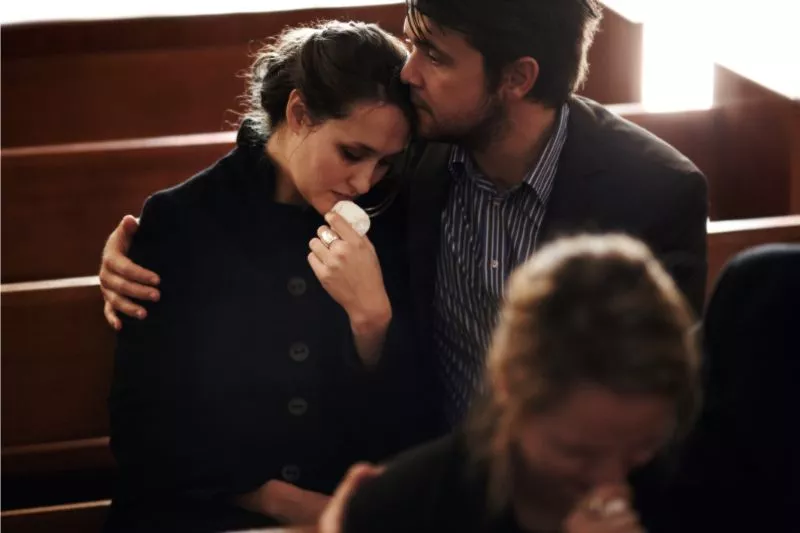Losing any loved one is a tragic experience. It is worse when you lose a loved one prematurely because of someone’s negligence or misconduct. When this occurs, you need Sacramento wrongful death attorneys to help prove the wrongful conduct and seek appropriate damages on your behalf.
Wrongful Death Explained
Wrongful death occurs when a person’s or entity’s negligent or reckless actions result in the death of another person. Motor vehicle accidents, defective products, assault and battery, elder abuse or neglect, medical malpractice, or slip and fall accidents can all be determined to be causes of wrongful deaths, depending on the situation.
In California, you may have a wrongful death claim if:
- An immediate family member has died,
- Another person’s or entity’s wrongful act or negligence caused their death, and
- You, the surviving family members, have suffered financial and emotional losses as a result.
If there was an acquittal of the defendant in a related criminal case, they could still be found liable in a wrongful death case.
Who Can File a Wrongful Death Claim?
Not just anyone can file a wrongful death claim on behalf of the decedent. The closest surviving relative – such as a spouse, child, or parent – can file the claim. The person filing the claim will often be the executor of the decedent’s estate, if they have one.
In cases where there are no surviving spouses, domestic partners, or children, other family members may be deemed the closest relatives, such as grandchildren, family dependent on the deceased for at least 50% of their financial support, and anyone else entitled to the deceased’s property under California law.
How Do I Prove Wrongful Death?
You have a burden of proof, or a duty to prove, the assertion that the defendant caused the wrongful death of the decedent. The burden of proof in criminal cases is “beyond a reasonable doubt.”
In a civil claim like wrongful death, the burden of proof is usually “a preponderance of the evidence.” A preponderance of the evidence means that the possibility of something being true is higher than the likelihood of it not being true. For a wrongful death claim, the plaintiff has to prove that it’s more than likely true than not true that the defendant caused the death of the victim.
The Cause of Death
It is the plaintiff’s responsibility to prove that the defendant engaged in an act that caused the decedent’s death. This act can have been either intentional or negligent.
An example of an intentional act is battery or the harmful touching of another person. Examples of negligent acts are developing and selling a defective product, medical malpractice, or a motor vehicle accident caused by a lack of attention.
With negligent acts, the plaintiff must also prove that the defendant owed a duty of care to the decedent, breached that duty, and the breach caused the death of the decedent.
Damages
The compensation sought for a wrongful death case is called damages. Wrongful death cases recover different types of damages:
- funeral and burial costs,
- the victim’s lost income and financial support, and
- loss of consortium and companionship.
The plaintiff is required to show these damages to receive compensation.
“Survival” Cause of Action
Filers usually pair a wrongful death claim with a California survival of action. They are known as “survival actions” because the right to file a claim follows the victim’s death. These claims are brought on behalf of the decedent’s estate to recover losses suffered by the victim, not the decedent’s family or surviving relative(s).
Whenever applicable, it is important for families to bring both suits, especially since punitive damages can only be recovered in survival cause of actions. A survival cause of action can be brought through a single claim combined with wrongful death or brought on its own.
FAQs
Q: What Are the Elements of Wrongful Death in California?
A: Elements of a wrongful death in California are:
- A human being died;
- Another person or entity’s negligence, carelessness, or intent to cause harm (not necessarily death) caused the death;
- Surviving family members have and are suffering economic injury due to the death and
- The decedent’s estate has been appointed a representative
Q: What Is the Burden of Proof in a Wrongful Death Case?
A: The burden of proof in a wrongful death case is “a preponderance of the evidence.”
In legal speak, a preponderance of the evidence means that the likelihood that something is true is higher than the possibility of it not being true. The plaintiff has to prove that it’s more than likely true that the defendant caused the death of the victim.
Q: How Much Can You Claim for Wrongful Death in California?
A: The amount you can claim for wrongful death in California depends on the case type and the factors the court will use to determine the amount of damages incurred from the wrongful death.
The average settlement falls between $250,000 and $500,000, but the range can include any value from thousands of dollars to millions of dollars. A wrongful death attorney can help you estimate the value of your claim.
Q: Who Can Bring a Claim for Wrongful Death in California?
A: In California, the closest surviving relative of the decedent can bring a claim for wrongful death. This person is usually also the executor of the decedent’s estate. The closest surviving relative of the decedent is typically a spouse, child, or parent but may come from outside of these options in other cases.
Sometimes, there is a debate about who should be appointed to bring the claim forth. This debate can make the process difficult. It is wise to seek counsel in cases like this.
Consult With Guenard & Bozarth, LLP for Help
Losing a loved one is never easy. A challenging situation becomes more complicated when the deceased dies as a result of a wrongful death. Dealing with the aspects of your particular claim can be too much to bear while also attempting to grieve. With dedicated attorneys to help, hopefully, you can be granted time and space to mourn your loved one. Contact our office for a consultation today if you need information about a possible wrongful death claim.


